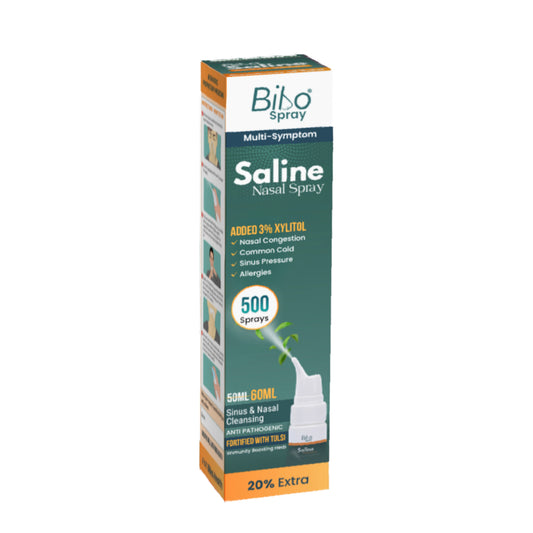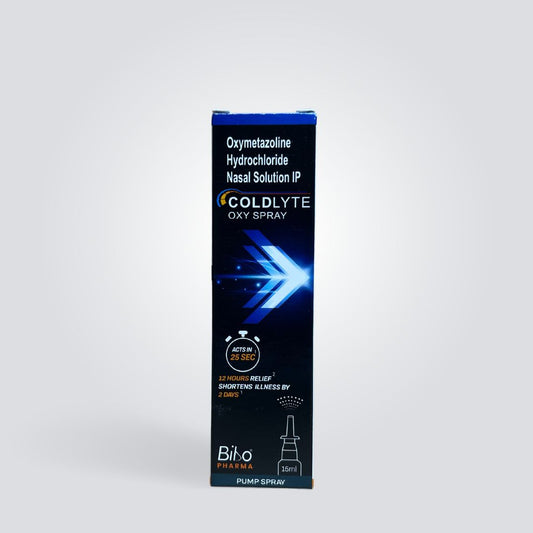Blog written by: Dr. Anju Balakrishnan
According to the IUCN red list, most of the Ayurvedic medicinal plants are almost on the red list due to their over usage. Hence, as responsible citizens, we have to protect our natural species before they get extinct. So, the solution is to use local herbs, which are having similar properties and therapeutic actions according to the disease condition. Medicinal herbs like Indian echinacea are widely available locally and have many therapeutic values.
Indian echinacea is called Kalamegha in Ayurveda. Kalamegha means ‘Dark cloud', the blackish tinge on the leaf added the name Kalamegha. It is also called Bhunimba because of its extremely bitter taste. It is also known as the 'King of Bitters' obviously because of its taste. Andrographis paniculata is the botanically accepted source and belongs to the Acanthaceae family. It is a herbaceous plant with sharp and pointed narrow ending leaves and flowers that are pinkish and small. Another drug called Kirathatiktha ( Swertia chirata) is having similar properties and therapeutic action, hence mutually used in the absence of one another.
The whole plant is used for therapeutic purposes. The properties of the drug Kalamegha have been mentioned in detail in Ayurvedic classics. The drug possesses Tiktha (bitter) taste, Laghu (light for digestion) and Ruksha (dry) property with Ushna (hot) potency and hence act as kapha pitta shamaka (normalizes vitiated kapha and pitta).
The whole plant is used in a wide range of diseases like respiratory illness, fever, stomach ailments, loose bowels etc. In Ayurvedic classics, each part of the plant is utilized for the treatment. The whole plant is used in snake bites and insect stings. It is also used to treat fever, loose stools, malaria and asthma. Leaves are particularly used in pain, indigestion, cold, dry cough, mouth ulcers etc. The aerial parts can be used for diabetes, urinary tract infection and the common cold. The roots can be used to eliminate worms and are also beneficial to treat mouth ulcers. The drug is also having cardioprotective and anti-tumor action.
There is a wide use of kalamegha in folklore practice. Especially in case of jaundice, the cold decoction is prepared by pounding the drug, later soaked in water and given at a dose of 10 – 40 ml. For painful menstruation, the leaf powder is given along with pepper at a dose of 3 – 8 gm. In the case of skin diseases, the drug is used for external and internal administration. The drug can also be utilized in liver disorders. The decoction prepared out of leaf can be used at a dose of 50 ml.
The drug is rich in phytoconstituents like Terpenoids and Flavonoids. It has a potent pharmacological effect in many conditions. Because of these constituents, the plant has excellent anti-inflammatory and antimicrobial action. It is widely used to treat the common cold. Research has been conducted and proved that drug at a dose of 1200 mg for 4 days has shown significant relief from the chronic cold. Relief from sore throat, headache and rhinitis was also observed at the end of the study. The plant is having an inhibitory effect on inflammatory mediators and helps stop inflammation to a certain level.
A study has been conducted to prove the antimicrobial action of the drug where the aqueous extract has tested the ability to inhibit microbial growth, tested against E coli. Hence the drug is utilized to treat allergies and skin infections.
Presently many modern scientific pieces of research are carried out to prove the hepato-protective and anti-diabetic action of the drug.
The drug is used in wide therapeutic dosage forms like powder, juice and decoction. The dosage depends upon the severity of the disease and the strength of the patient.
Home remedies
Decoction of leaf and stem bark can be given at a dose of 10 – 40 ml in fever conditions.
The extracted juice from the leaf of Kalamegha is very much beneficial in reducing inflammation. It can be taken internally at a dose of 10 – 20 ml.
In skin allergies, the leaf extract can be mixed with Haridra (haldi) and applied externally.
Since the drug has bitter principles, it can be therapeutically utilized in Diabetes mellitus at a dose of 60 – 80 ml decoction internally.




